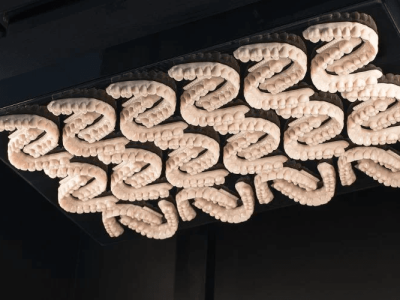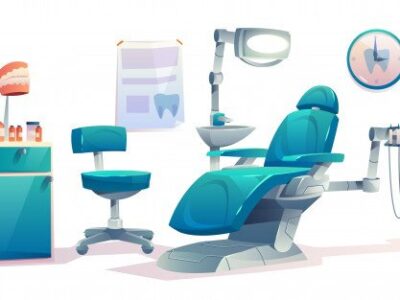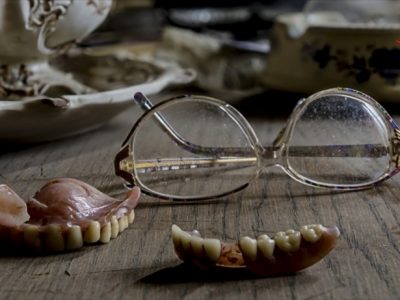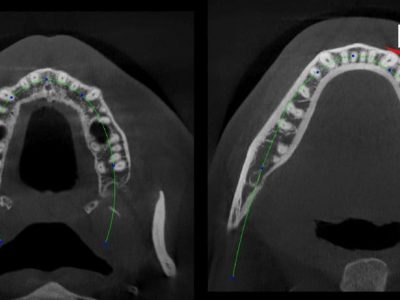The use of Rubber Dam makes Dentistry not only easier for the Dentists but also helps a lot in getting better results. There are a lot of Rubber Dam Alternatives too that we miss out on.
Adhesive techniques are comparatively more sensitive than conventional ones. Here we will focus on atraumatic technique of restoring cervical abrasion-erosion and carious lesions. It is absolutely mandatory to isolate the operatory field to use an alternative placement of sequence in the dental rubber dam. This is where the use of Rubber Dam Alternatives/Dental Dam Alternatives comes into the picture.
The environment should be suitable enough to be visible, adequate space for instrumentation, easily accessible, moisture controllable for insertion as well as manipulation of dental restorative materials. It should be isolated from soft tissue and moisture including tongue, gingiva, lips and cheeks, blood, saliva and gingival crevicular fluid.
The aim of Dental Dam isolation
Control of moisture
During the operation, control of moisture is required to prevent debris restorative and hand piece spray from being aspirated by the patient. It refers in the operating field excluding saliva, gingival bleeding and sulcular fluid.
Operative dentistry cannot be applied unless the moisture in the oral cavity is controlled properly for execution. Absorbents, suction devices and rubber dam help in controlling the moisture.
Access and retraction
This provides maximal exposure during the operation which includes maintaining an open mouth and retracting or depressing tongue, gingival tissue, cheeks and lips.
Retraction cord, absorbents, rubber dam, mouth prop, high volume evacuator are useful for access and retraction. The restorative procedure cannot be managed with ease in case of improper access and retraction.
Prevention of harm
An important aspect to be considered is to prevent the patient from being harmed and members of health professions. The axiom taught is “DO NO HARM”, it is basically an awareness to prevent the patients from being protected from harm.
The main aspect of prevention of harm along with retraction and moisture control are mouth props (occasional use), absorbents, suction devices and rubber dams.
Classification: Rubber Dam Isolation
Moisture isolation
Direct method
Rubber dam, cotton roll and holder, pieces of gauze, absorbent wafers, suction devices and gingival retraction devices.
Indirect method
Comfortable position and relaxed surrounding for the patient, local anaesthesia, muscle relaxants, antisialagogue and anti-anxiety medication.
Rubber Dam/Dental Dam
It has good visibility and adequate access to the operating field, patient protection and management.
History
On 15th March 1864, Dr Sanford Christine Barnum Connecticut valley, dental society.
Dr JF Hadson 1870, seven types of clamps, no forceps used.
Dr Tees 1870, festooned clamps
Dr Elliot 1878, designed clamp forceps
Ainsworth 1879, rubber dam punch
Dr Hickmans 1880, lipped clamps
In 1890, clamps with holes.
Rubber dam frame introduced a metal Fernald’s frame in early 20th century.
Advantages
- Access and visibility
- Clean and dry operating field
- Protects operator and patient
- Psychologically more relaxing
- Reduces risk of cross-contamination and objection by the patient
Disadvantages
- Minor changes in cervical cementum and marginal gingiva during clamp removal
- Time consuming and patient willingness
- Ceramic crowns may fracture in case of clamps, gripped to the margins
- Metal crown margins show defects at a microscopic level following removal of the clamp
Indications
Bleaching, endodontic treatment and caustic chemicals.
Contraindications
In fixed orthodontic appliances, a newly erupted tooth has been found where the clamp does not retain due to physiological resistance and allergies.
Rubber Dam Alternatives
Beside the usage of Rubber Dam there are a lot of other benefits of using Dental Dam Alternatives. These Rubber Dam Alternatives are listed below.
1. Cotton rolls and holders
When rubber dam application is impractical, absorbent in case of moisture helps in minimally retracting soft tissues.
Manually rolled as well as prefabricated with smooth and woven maybe be employed.
2. Fluid absorbing materials:
Cotton rolls are used in association with anaesthesia will provide acceptable dryness for procedures such as examination, topical fluoride application, sealant placement, impression taking, cementation.
Cotton roll holders in which cotton rolls can be placed into position and with commercial devices stabilised withholding it.
Advantages
Visibility and accessibility improvements in the working area and it provides more retraction.
Disadvantages
It is time-consuming as it has to be constantly changed.
Techniques used for application
- Maxillary anterior area isolation
- Labial frenum on either side, a small sized roll is placed
- Mandibular anterior area isolation
- Mandibular labial frenum along with a lingual sulcus on either side small sized rolls
3. Absorbent Pads/Cellulose wafers
Dry aid/parotid shield
Silver dri aid: It reflects light for improved visibility in which laminated side prevents soak through it.
4. Gauze pieces
2” * 2” (5*5 cm)
The functionality is same as cotton rolls and also delicate tissue is better tolerated by it.
5. Evacuation system
There are two types of Evacuation system
- High vacuum evacuation system
- Low vacuum evacuation system
6. Debris and fluid evacuation equipment
High volume evacuation: Metallic autoclavable tips and disposable plastic.
Approximately 150 ml of water per second, it is also more efficient.
Advantages
In the working site it removes shavings of the tooth and restorative material as well as other debris to remove the toxic material. Washing is avoided with intermittent rinsing and decreases the time of treatment.
7. Saliva Ejector
- Metallic autoclavable tips
- Disposable plastic
Placement
It is not directly in contact with tissues; saliva ejectors should be placed with their tips on the floor of the mouth.
8. Sweflex Saliva ejector
It is curved, flexible, efficient and comfortable as well as reduces aerosols with superior suction capability.
Indirect methods
Local anaesthesia reduces discomfort and makes the patient less anxious. It reduces sensitivity to stimuli and less salivary secretion is also observed.
9. Prescription Drugs
- Though rarely indicated it, used for controlling bleeding of gingival with pain control medication.
- Anti-anxiety drugs like valium – 5 to 10 mg, 30 min before.
- Atropine (antisialogogues) – 5 mg, 30 min before procedure to reduce salivation.
- Muscle relaxants.
10. Soft tissue isolation
- Tongue retractors
- Svedopter
- Hygoformic saliva ejectors
- Cheek and lip retractor
11. Lip retractor
- Wire lip retractor
- Oringer lip retractor
- Simple lip retractor
- Plastic lip retractor
12. Cheek and tongue retractor
Disposable spend ezz expanders: sizes small (green), medium (blue), large (red).
13. Dry field system
Red–pedo, white in colour adult, it is autoclavable at 280 degrees F, it is high heat plastic and silicone construction, it is for posterior restorations, sealants and ortho bandings.
14. Fast dam
It is used when applying sealants and 17 suction holes along the perimeter.
15. Mirror-vac saliva ejector mirrors
Ideal for sealants, bonding, air abrasion and other dry field procedures.
16. Mouth prop
It is used for relief of muscle pain, muscle fatigue and also for the relief of responsibility for adequate mouth opening. The prop ensures adequate constant opening of the mouth which permits multiple extended operations.
17. Gingival retraction aids
Retraction cords and gingival retractor collars.
18. Collars
Margins fully visible especially sub-gingivally, reduces chance of recession, better tissue control and helpful for physical retraction.
19. Gingiva retraction:
- Physico-chemical means
- Chemical-mechanical means
- Electro-chemical means
- Surgical means
Types of retraction cords:
- Cotton, synthetic
- Braided, twisted, woven
- Coarse and fine
- Impregnated and non-impregnated
Isolating materials are used for various reasons in the field of operative dentistry for better isolation during the treatment procedure. The rubber dam is one of the isolation techniques in endodontic cases, it is ideal for the treatment procedure of root canal system as well as restorative dentistry. It is considered as a boon and best isolating technique to use with comfort for all involved for better outcomes.
References: Rubber Dam Alternatives
- Restorative techniques in paediatric dentistry – M.S Duggal
- Paediatric dental medicine – Donald Forrester
- Sturdevant’s art and science of operative dentistry – 7th edition
- Textbook of pedodontics – Shobha Tandon
Bonus: Download our monthly e-bulletin!Click here to get it
DISCLAIMER : “Views expressed above are the author’s own.”




















Comments